A group of Ouachita freshmen biology students are participating in a lab isolating and characterizing bacteriophages. The lab and class is part of the Howard Hughes Medical Institute Science Education Alliance grant, a program designed to enhance the undergraduate biology experience of students by providing them with an authentic research experience. The freshmen enrolled in this program captured these phages from samples they took from soil and by isolating and characterizing their DNA, they are able to analyze it to find its genes.
“At the beginning of last semester, we went out and collected a soil sample,” said Dustin Walter, a freshman biology major. “We were looking for a phage that infects a certain type of bacteria called microbacteria. And what we were doing throughout last semester was trying to isolate the phage from the soil and purify it until we had just one type of phage that reproduced really well.”
The research done in this lab will be used to help combat diseases that are growing increasingly resistant to antibiotic treatment.
“This is the little cousin to the bacteria to that causes leprosy and tuberculosis,” said Dr. Nathan Reyna, assistant professor of biology. “The idea behind it is that these phages are killing this organism. If you can understand how viruses kill this particular bacteria, you can use it as a treatment for tuberculosis and leprosy.”
This program requires students to be actively engaged, though they are mostly responsible for their own work.
“Howard Hughes [designed] this lab to have a lot of self involvement” Walter said. “You have to be in charge of what you do. [Dr. Reyna and Dr. Plymale] are there to oversee the lab, and if you have any questions you can ask them and they can point you in the right direction, but ultimately, you’re the one who chooses what you have to do each day and how much you have to work and what you have to do to meet your deadline.”
According to Reyna, the process is an “active inquiry based lab.”
“The students are actually doing their own thing with one goal in mind,” he said. “That is to identify a new bacteria phage. [These phages] live in the soil, and there are literally billions of them that haven’t been discovered. So there’s a good chance that a student can go out and get a piece of soil, isolate it, go through the processes to characterize and learn what’s there and it’ll be a phage that no one has discovered before.”
Last year, Reyna — along with Dr. Ruth Plymale, assistant professor of biology — went to a Howard Hughes Medical Institute facility to receive training for this lab. They learned the necessary procedures to conduct the lab and teach the freshmen.
To recruit freshmen for the lab, the department sent out letters and flyers to the incoming biology majors.
“We told them about the program and composed a letter and an FAQ page and invited them to apply,” Plymale said. “The application process wasn’t used to rule out people, we had them apply because we wanted to know whether they had enough initiative to [do so].”
The application process also involved the freshmen writing an essay.
“Howard Hughes’ saying is that we need to start working with these kids as soon as possible,” Reyna said. “They recommended that we choose freshmen. That way you can build on that and do even more with them when they’re seniors. We didn’t have any GPA requirements or anything because we feel like this method will help anybody learn. And all we really wanted were biology majors and [people] that [were] inquisitive in nature. It’s amazing how much they’ve already learned. We had two students present research at the state capitol, and there were faculty from other universities talking to [them]. They were amazed at the level of understanding they have of science and genetics.”
The Howard Hughes grant allows Ouachita to receive supplies necessary to conduct the research for the lab.
“We do not get money directly,” Reyna said. “What we get is all the supplies we need to carry out this lab. And that’s quite a bit; we’ve probably blown through about $8,000 this year. They paid for all the training we received. They flew Dr. Plymale, myself and a teaching assistant out to their facility three times last year. And they’re paying for us to go back this June with a student to make a presentation to a group of these people.”
Over the winter break, a phage discovered by freshman biology major Sara Carr was sent to the Howard Hughes facility. Under the name OBUPride, it had its DNA genome sequenced, a process that would have cost Ouachita about $3,000 were it not for the grant.
In being selected for the Howard Hughes grant, Ouachita was chosen to participate in this program along with 14 other schools. Howard Hughes accepts seven large schools and seven smaller schools. Some of these larger institutions were Ohio State University, Florida University, Washington State and Brown University. Ouachita is the first school out of Arkansas to be chosen. The entire biology department had a role in writing the grant, with Dr. Tim Knight, professor of biology, acting as the “editor-in-chief,” according to Reyna.
“Even though we’re the one’s physically in the lab with the students, it has really been an effort of the whole department and the whole School of Natural Sciences,” Plymale said. “There has been a lot of support across campus. Even over in Cone Bottoms — President Horne, Dr. Poole, Brett Powell — they’ve all been incredibly supportive even though this is a bit different than the traditional way of doing classes. I cannot even imagine trying to do it if the rest of our department and school were not supportive of what we’re doing.”

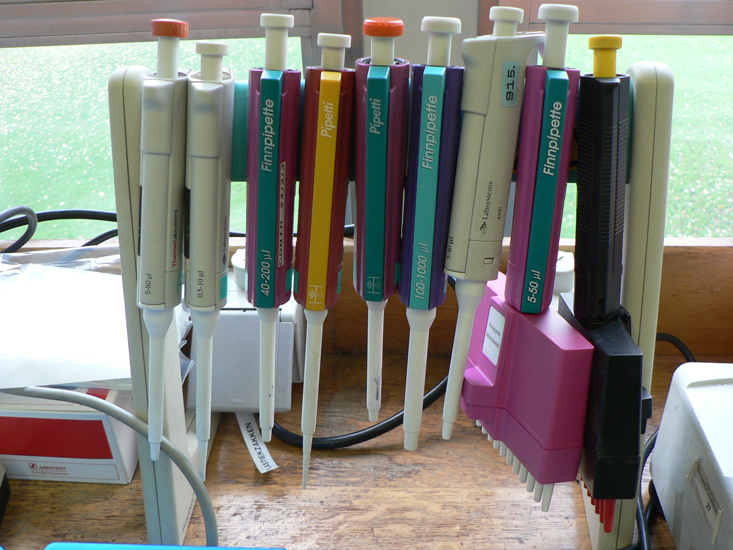


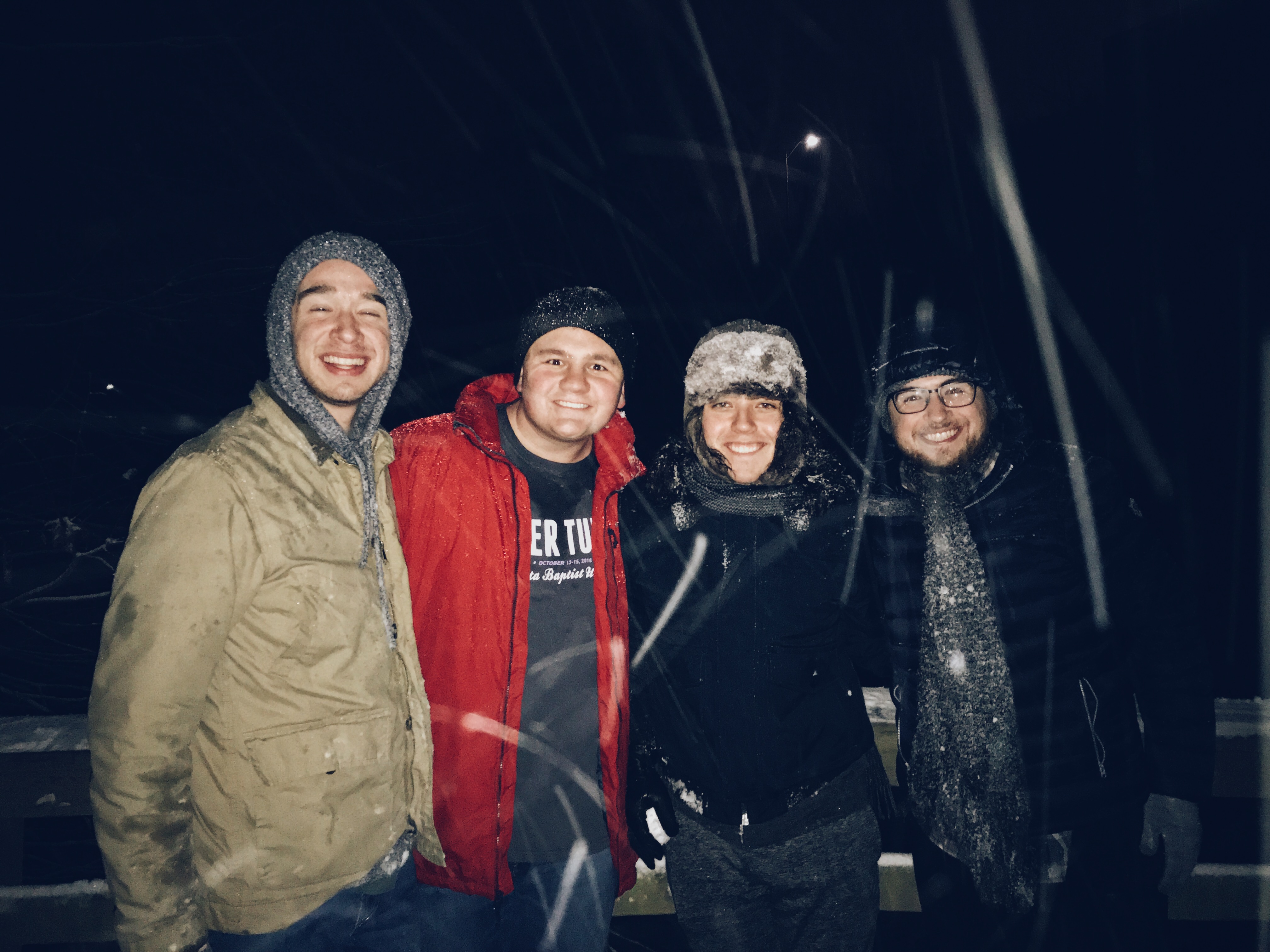
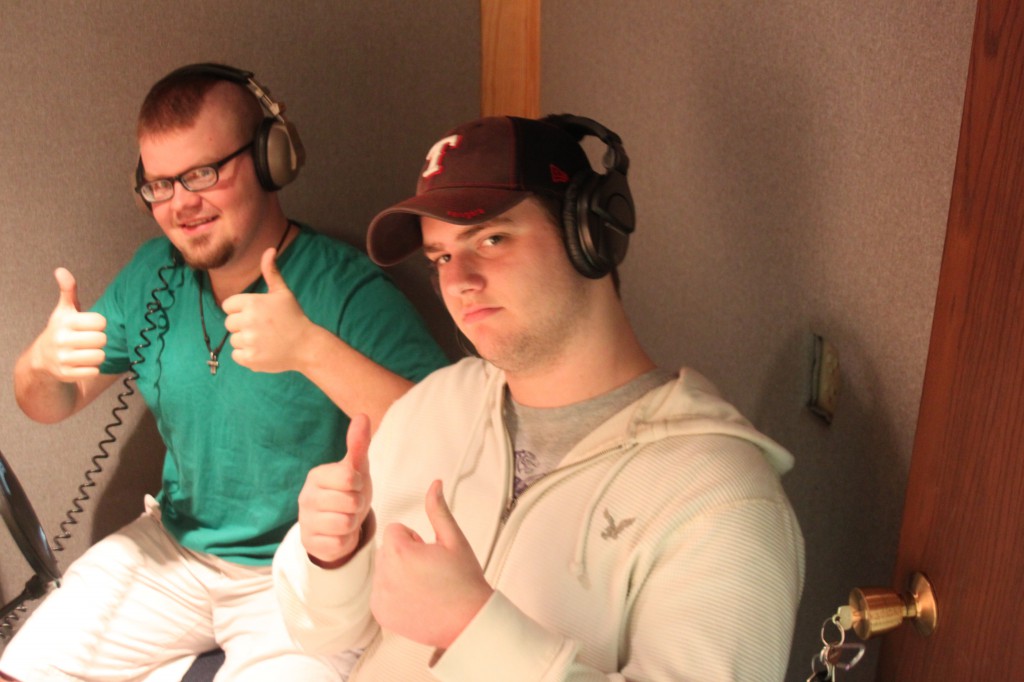
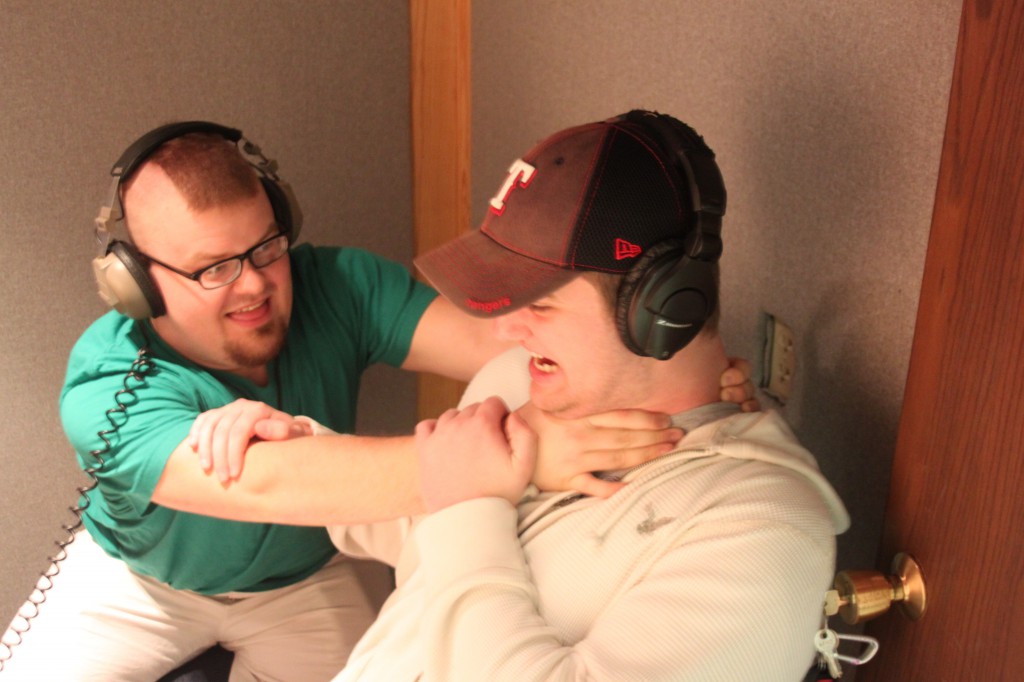
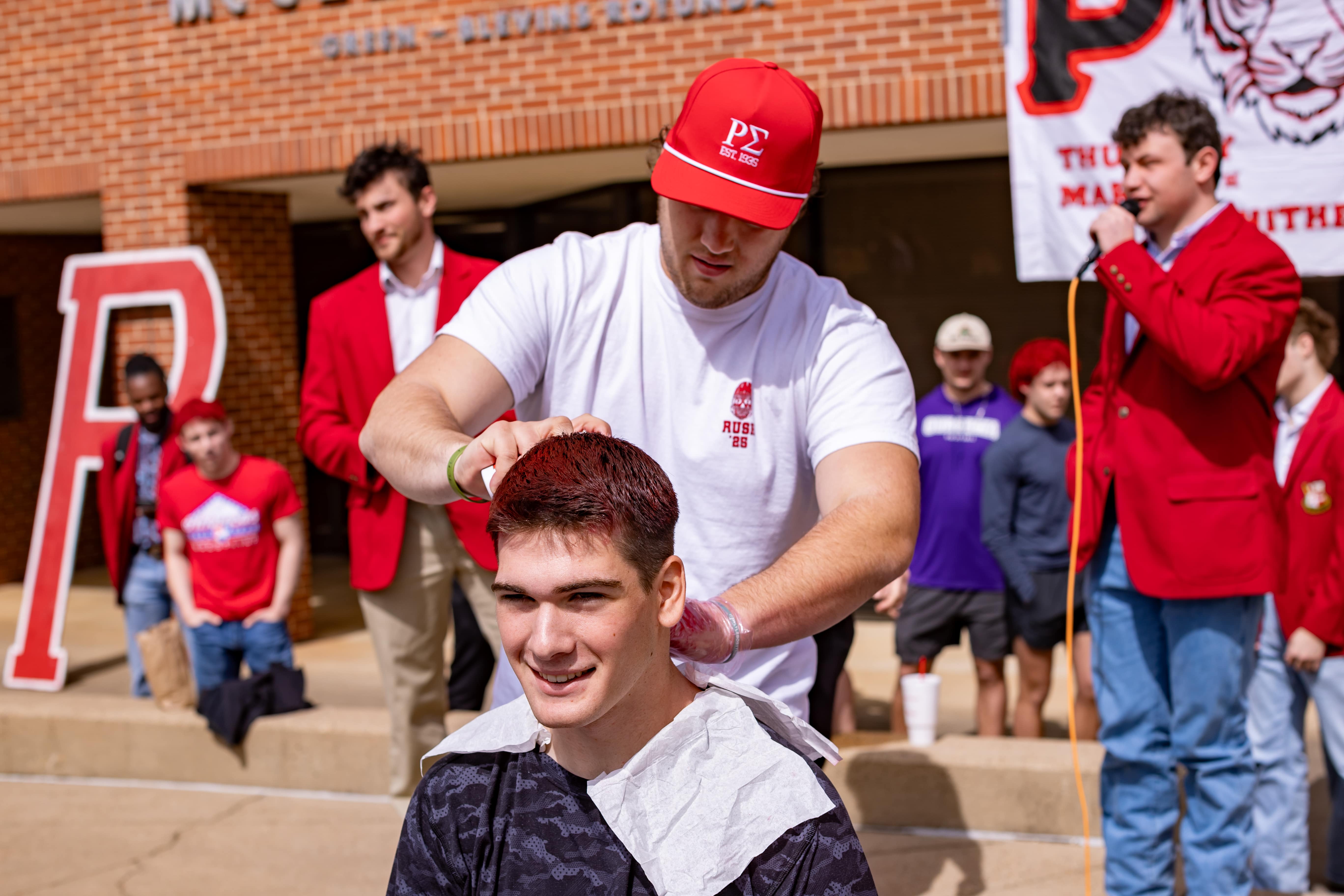


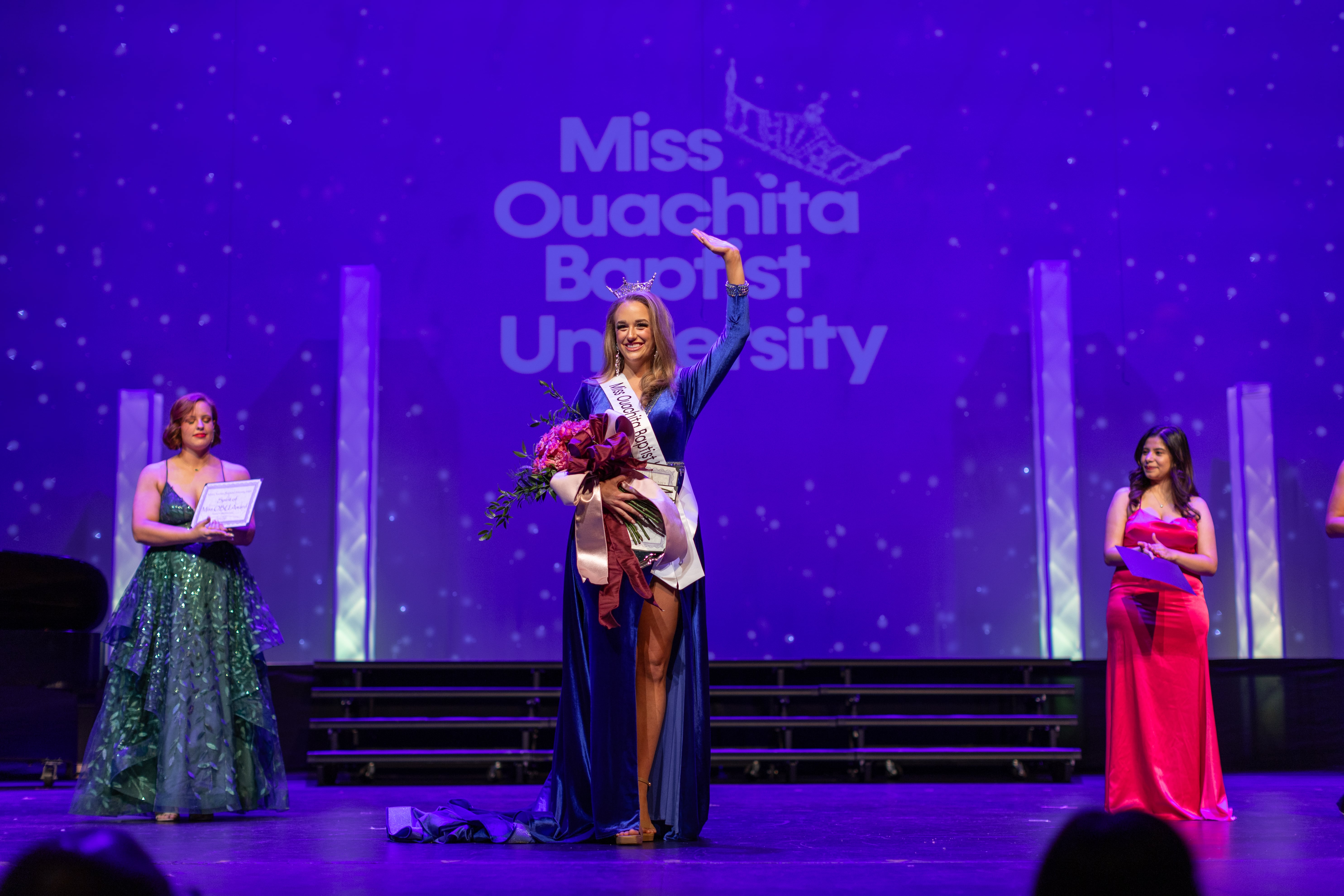
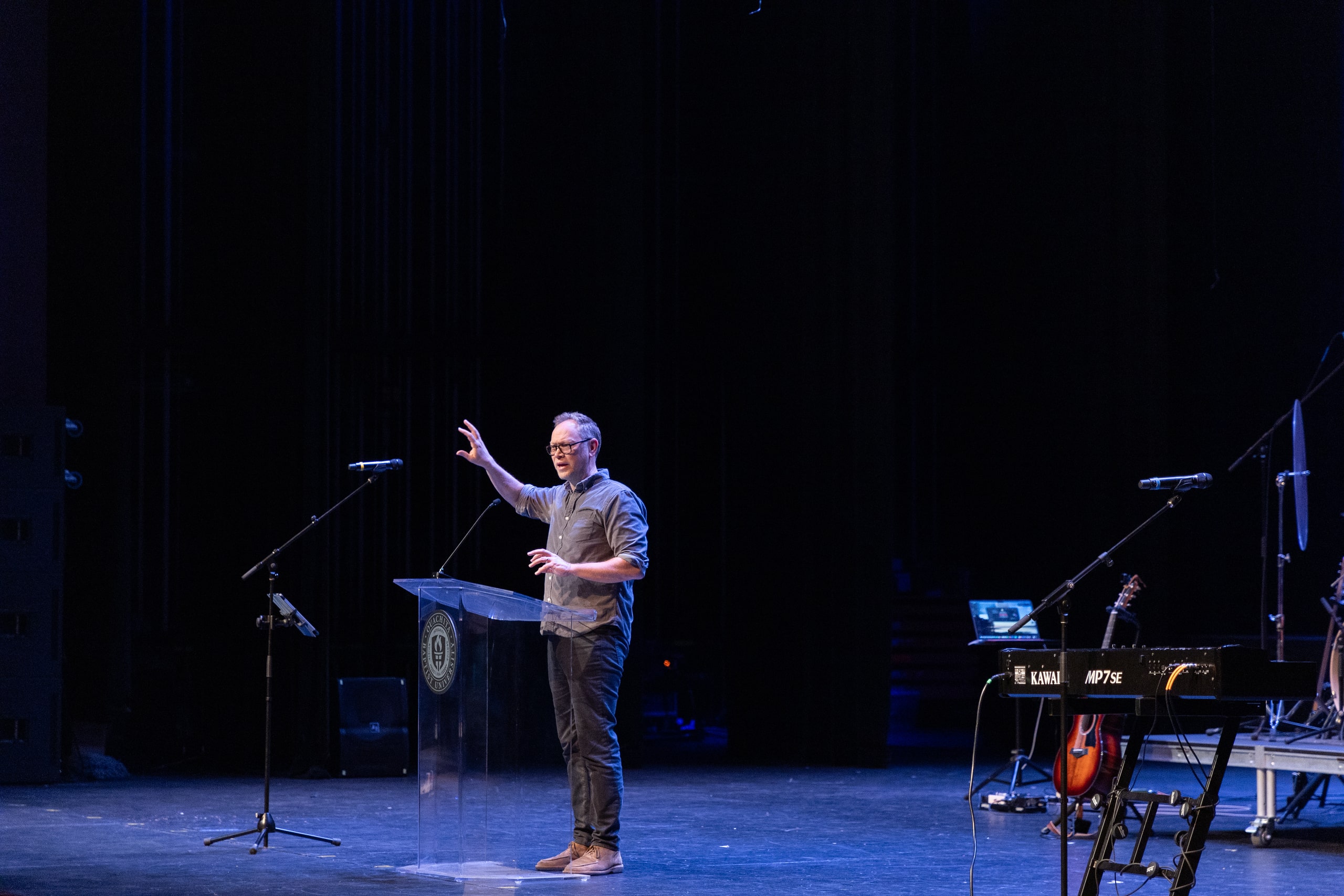


[…] See Original Article Here […]
[…] See Original Article Here […]